#agriculture studyblr
Explore tagged Tumblr posts
Text
I started off in college as an education major wanting to be a middle school science teacher, but ended up quitting that because of how ableist the major was.
I switched to an agriculture degree because I grew up on a farm, and during 2020 I was constantly at home and convinced myself I could physically do the work, and I completed that degree despite the professors being ableist and morally questionable.
While I was an Ag major, I was working for the geology museum on campus, and decided to get my Masters degree in museum studies. During my studies, I realized how disabled people are constantly left out of deai discussions in the museum field, only ever seen as potential visitors and never potential workers, and so I finished my degree with independent research into how disabled staff are treated.
During my last semester in grad school, I started working as a substitute teacher and realized that my education major professors were wrong; I as a disabled person can totally be a teacher without a problem. My grad school advisor also told me that a lot of myself professionals go back and forth between the school system and museums. So I'm taking the leap to try to become a teacher
I just took my GACE (the Georgia certification test) and passed at a professional level! Once I am hired by a school, I will start taking the remainder of classes that I need to be considered a full fledged teacher
I've literally just made a circle, but the agriculture and museum studies degrees are still a huge help to me as a science educator. Other than space, agriculture perfectly set me up to understand everything required for students to learn and places me in a good spot to introduce an FFA chapter to the school, while my museum studies degree has allowed me to see education from a different perspective than my coworkers in order to more adequately come up with ideas in joint discussions. Additionally, I included disability and deai research in almost everything I did from work to school, and as a disabled person myself, I feel that my understanding of accessibility and empathy for other disabled people has prepared me more for interacting with disabled students in my classes.
Not a single bit of my journey was for naught, and I no longer feel ashamed or regretful towards my agriculture degree. I'm also excited to continue learning and eventually helping others to learn too
#education major#agriculture major#museum studies#museology#study blog#studyblr#ag major#life update#disabled students#disabled studyblr#disabled academia
303 notes
·
View notes
Text
alright nerds--
*tried to fit as many options as possible. (wildlife-focused fields were done on another poll)
#studyblr#polls#tumblr polls#studyblr polls#academia#academics#college#careers#animal science#veterinary medicine#vet med#veterinary science#animals#wildlife#zoology#marine biology#marine life#biology#bio#conservation#ecology#pathology#surgery#rehabilitation#animal behavior#agriculture#animal medicine#animal care#exotic animals#veterinary
21 notes
·
View notes
Text

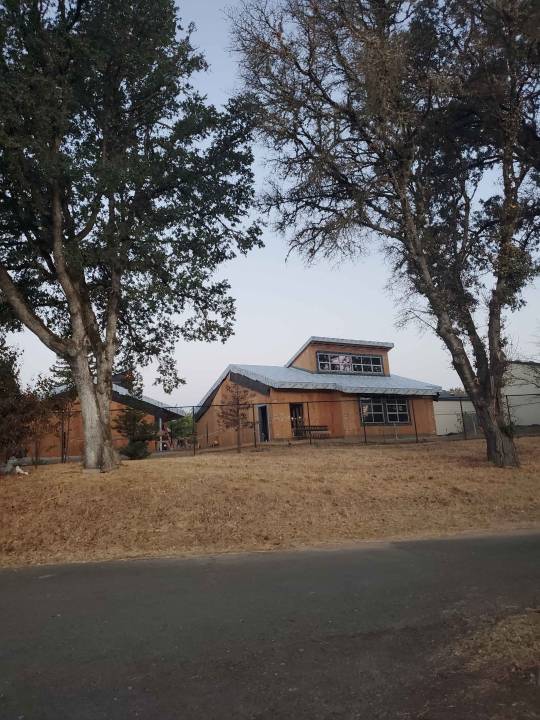
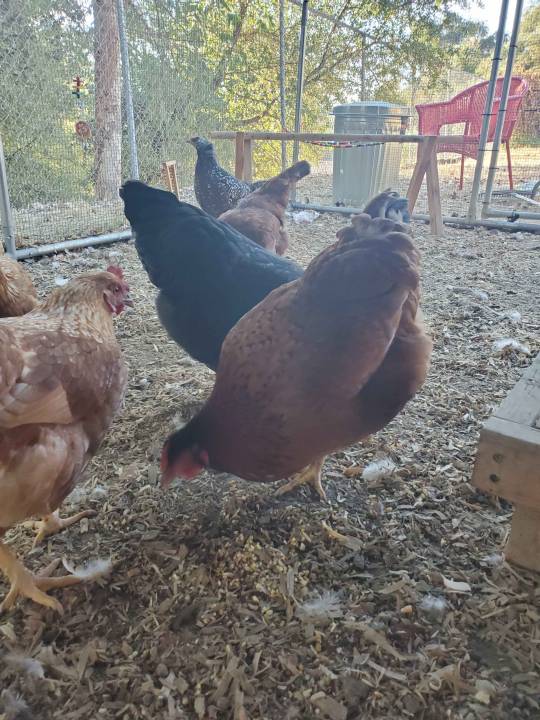
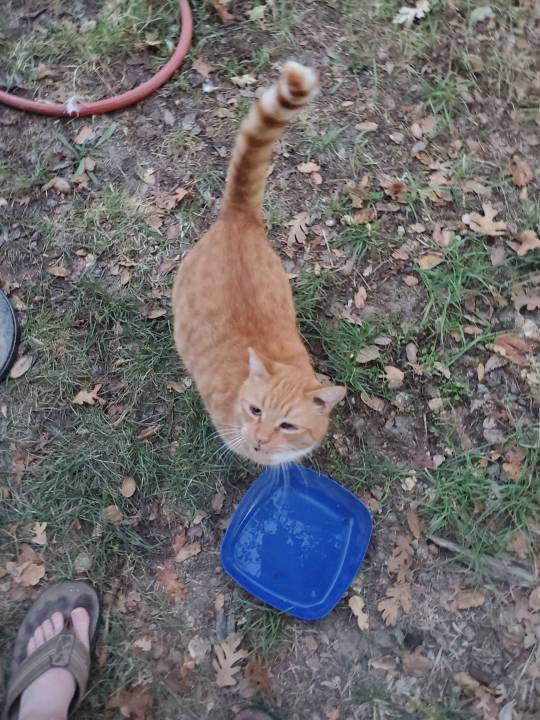
October 17th, 2024. Thursday.
What I accomplished:
First full day at my parent's house, watching their chickens, cats, and fish. It's going alright and I'm settling into having a big, three-bedroom house to myself for the weekend.
Went shopping because there was 0 food here.
Debated going to the local bookstore, or thrift store, but haven't gone yet.
Downloaded all the mods for Stardew Valley so I can play it with everyone while I'm here
Answered my dozen backed-up emails for not being at my desk 24/7 for a day
👩🌾 Very agrarian over here right now. Bucolic, even. I was getting rather depressed at my own place, so I'm very grateful for the freedom here and the massive change of pace. I'm not sure it's making the depression entirely go away-- maybe I need to sit out in the sun for an afternoon or two for that?-- but it's definitely not as present in my mind. Yay.
💕 All of this "having a house" stuff is just making me wish I'm like, 5 years more advanced in my life already. Living with my partner, we have our own space... One day, maybe. Just have to work a little harder for it...
[Photos: Evie the void cat; the schoolhouse they're building on the hill behind my parent's house; Butter, Henny, Cinnamon, Pepper, and ??? the chickens; Squeakers the cat begging for some food. Bottom: sunrise over the hills, the neighbor's goat, and Cinnamon examining my fingernails to peck.]

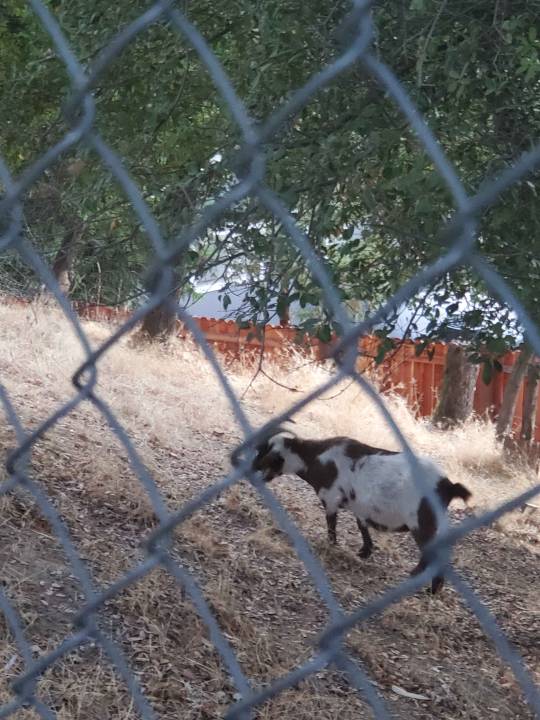
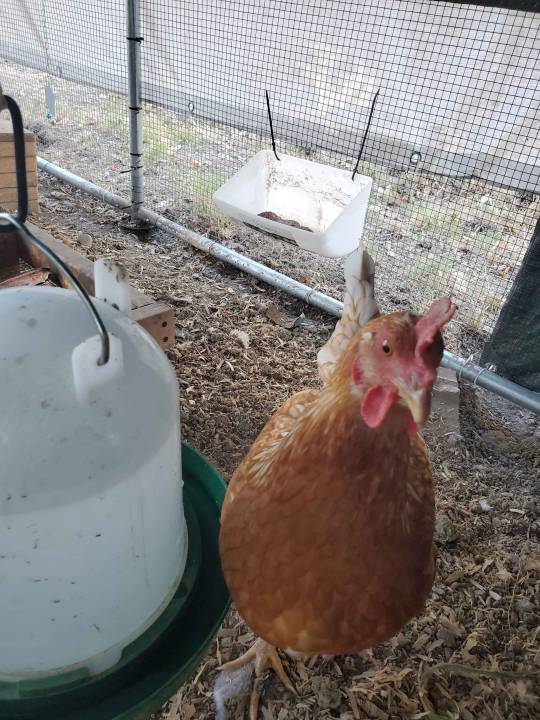
#studyblr#academia#my journal#my photos#missys mistakes#study motivation#study blog#studyspo#study aesthetic#agriculture#farm#farmcore#chickens#goat#cats
14 notes
·
View notes
Text
plan for 10/25
necessities
farming so i don't need to do my midterm (done!)
scholarship info session
discussion post
climate strategy brief outline
conduct interview
read ch 15 for comm research
what i'd like to do
summary lead and ch questions assignment
relax with my boyfriend !!

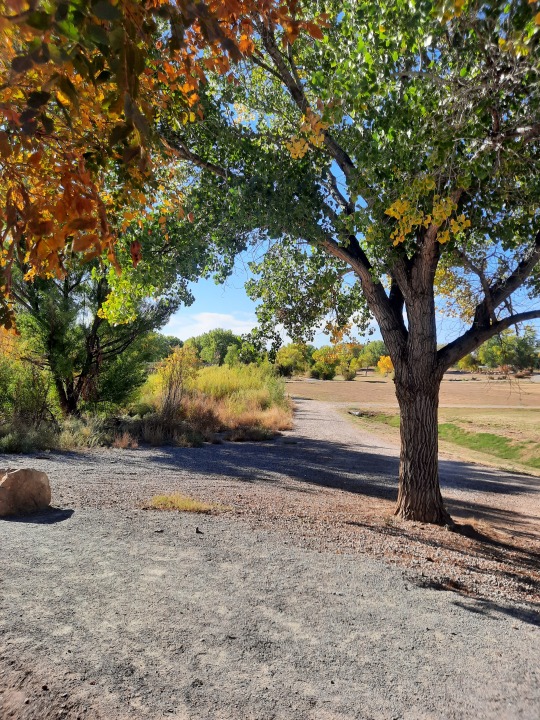
#university#college#studyblr#study inspo#student life#studying#chaotic academia#farming#agriculture#school#farmblr
2 notes
·
View notes
Text
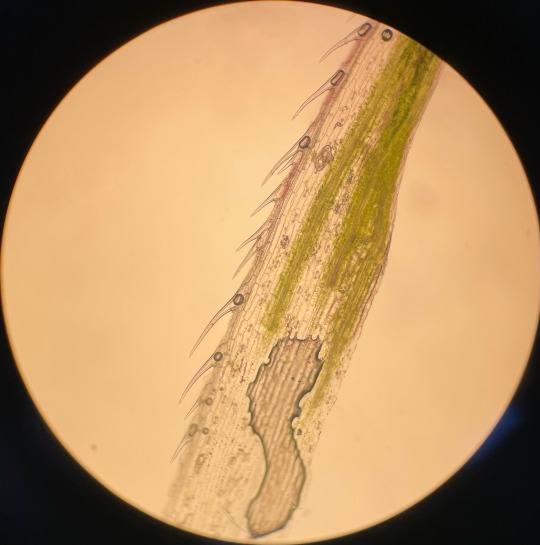
epidermal peel of Zea mays
6 notes
·
View notes
Text
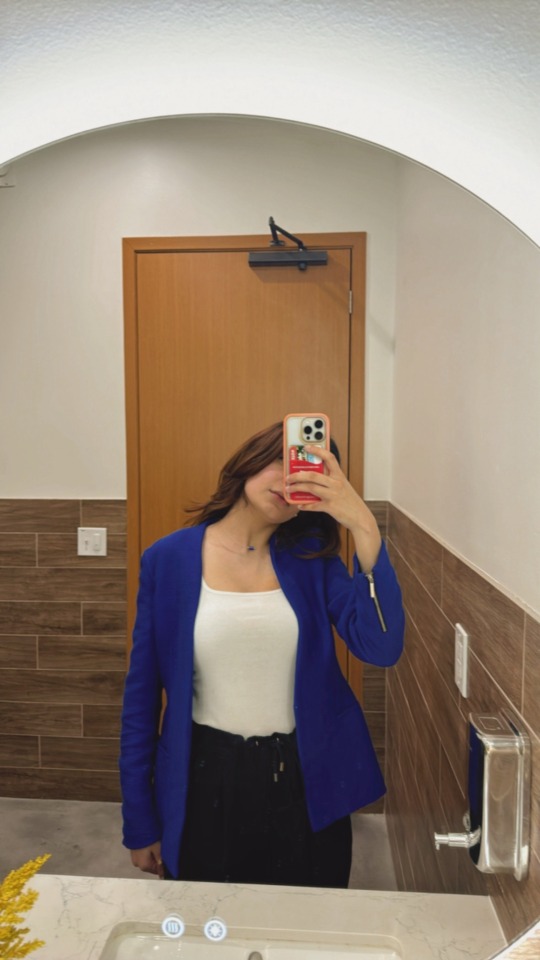
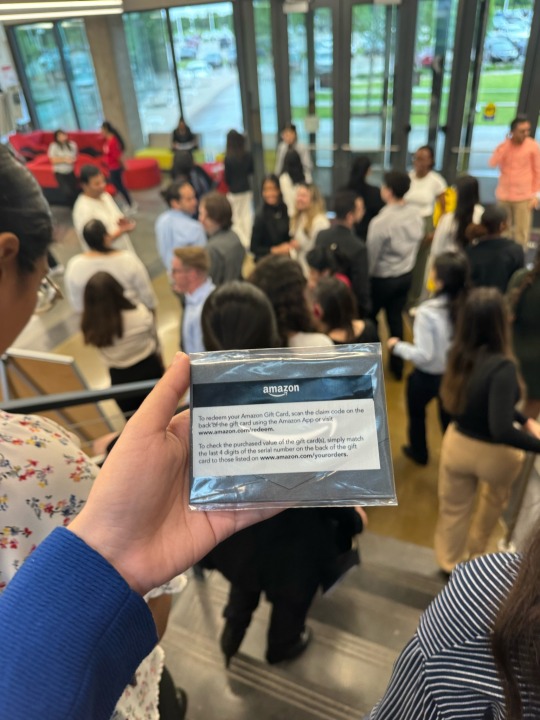


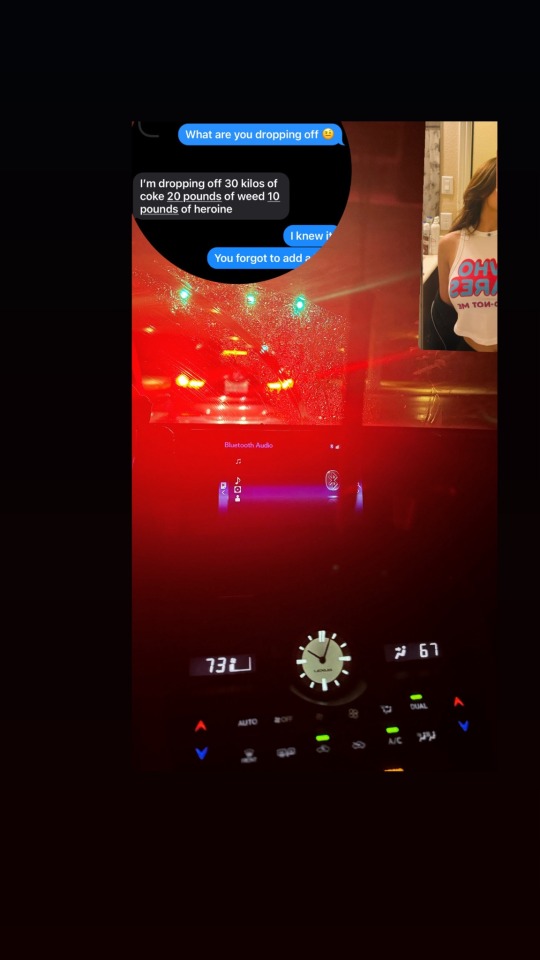

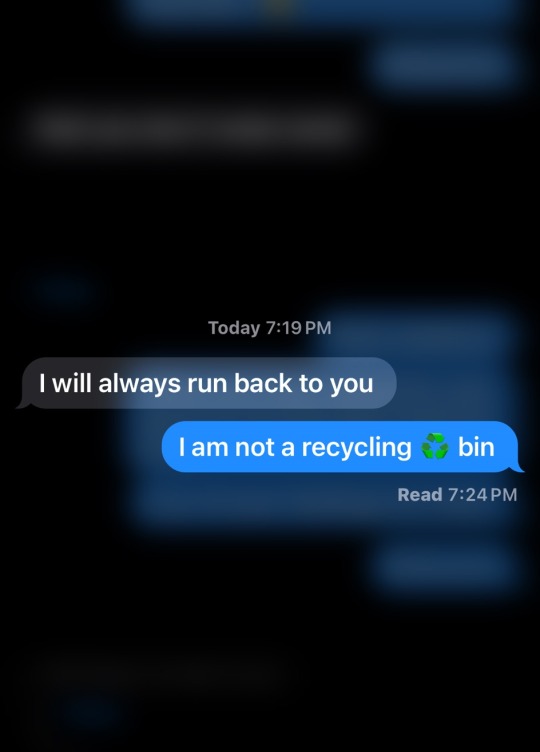
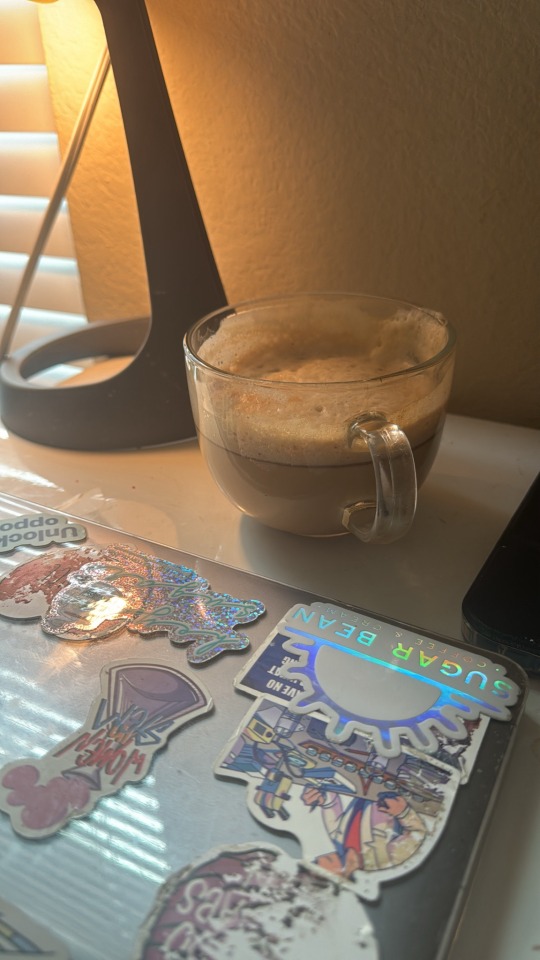
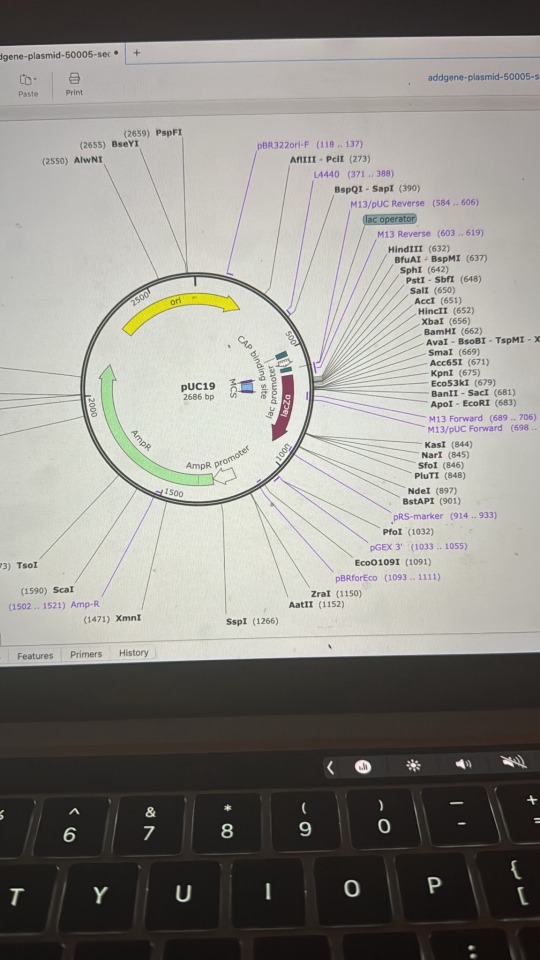

#books & libraries#study motivation#college#studyspo#studygram#studyblr#capstone#research#undergraduate#engineering#agriculture#plants#finals#poster
4 notes
·
View notes
Text
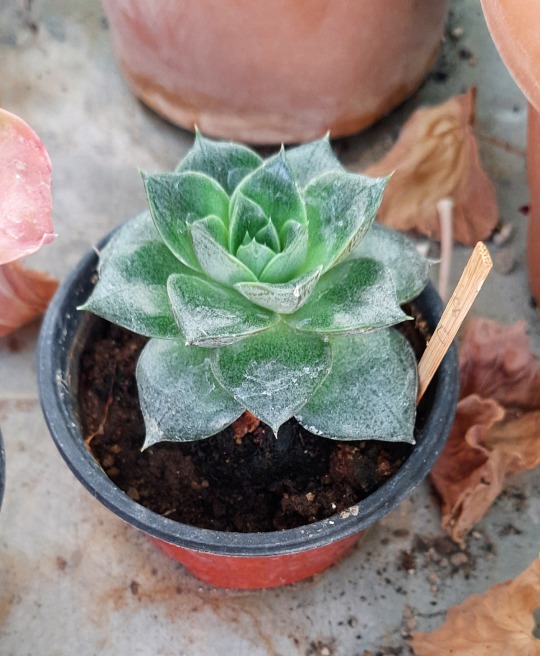
If you're a biology student and doing your internship in agricultural engineering, it's being way more difficult than you expected.
Both garden plants and fungus/bacterium studies are followed in this laboratory. I have been seeding bacteria, purifying fungal strains, taking care of plants and doing more.
I have learnt so many things, I got new aspects to the biology. But the most important thing was to learn how to believe yourself.
I would like to talk about it in another post so soon.
Hope everyone is doing well.
I know I do not post regularly and frequently, but I'm doing my best.
Sorry for these delays.
I'll take care of everything so soon.
#evesprettylittlediaryy#study motivation#studyblr#student#study aesthetic#study blog#study inspiration#study notes#studygram#studying#internship#biology#agriculture#engineering
4 notes
·
View notes
Text
What has always amazed visitors to the Villa del Casale, from the earliest excavations in the 19th century to the most recent restoration work, are “the superb remains of grandiose mosaics, the polychrome floors of the sumptuous villa of the late imperial age” (G.V. Gentili).
It is precisely the impressive mosaic complex that has led to the Villa’s inclusion in the list of UNESCO sites and made it one of the most important examples of the “Villa” architectural genre, which combines, on the one hand, prestigious residential features and, on the other, elements functional to productive activities, in relation to its rural location: oil cultivation, viticulture, cereal growing, livestock husbandry.
This Villa is a monumental complex of great historical and artistic importance, dating back to the late imperial Roman period. It presents distinctive residential and ceremonial characteristics, due both to the complexity of the architectural layout and the richness of the decorative elements that were typical of many large Roman villas built in different parts of the empire.
Especially from the 4th century onwards, the most beautiful late-antique villas in Sicily, such as those at Patti, Tellaro and, of course, Piazza Armerina, were rebuilt on pre-existing rustic villas with increasingly monumental aspects: they had complex and articulated layouts, had thermal baths, triclinia, basilicas, apsidal rooms and private flats, and were enriched with extraordinary decorative features, porticoes, fountains, statues, internal gardens and mosaics.
During the long centuries of its life, the Villa was despoiled of most of its artistic decorations, but the spectacular preservation of the floor mosaics exists, despite the massive flooding around 1000 AD. We are still surprised today by the richness of the polychromy, the realistic depiction, the freshness of the representations and the variety of subjects.
But it is even more surprising to think that this result was achieved by the skill and ability of specialised artistic workers who, according to the needs of the client, were always composing new scenes and representations.
The ascertained presence of African mosaic craftsmen associated with the centres of Carthage, Hippona, Caesarea, make the Villa del Casale one of the most important documents of African mosaic art of the late antique period and, at the same time, an example of the ability of Roman culture to convey, on the strength of its state governance and military and economic organisation, those concepts, values and forms shared throughout the Mediterranean.
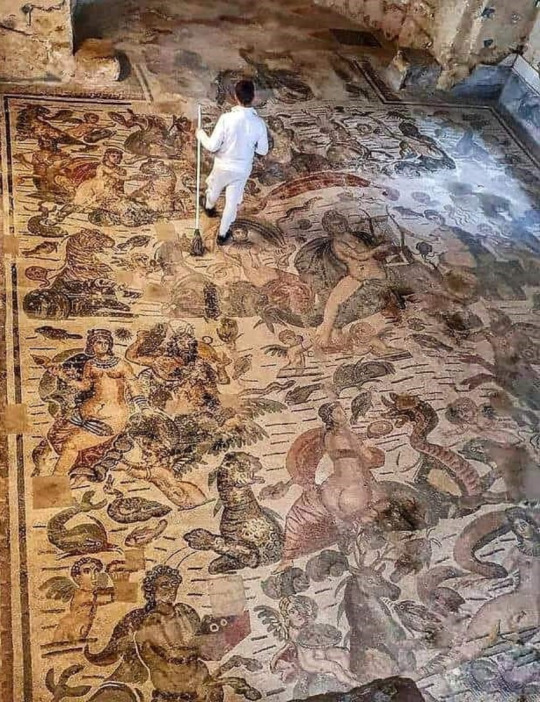
Ancient Roman mosaic floor at Villa Romana del Casale, Sicily, Italy, depicts mythical creatures and characters from Greek mythology.
#studyblr#history#classics#architecture#art#agriculture#ancient roman art#ancient rome#roman empire#roman africa#carthage#italy#sicilia#villa romana del casale#mosaics
4K notes
·
View notes
Text
me: why do readings always take so long
also me: author has referred to Agamemnon as “overlord” of the other Homeric kings in the context of developing Macedonian kingship. time for a margin essay and 20min research hole ab the intricacies of Agamemnon’s power as “anax” vs “basileus”
#the article isn’t even about Homeric kingship#it’s ab Macedonian kingship#i got way too distracted#but at least ik ab the political intricacies of the Achaean council of kings at Troy#adhd studyblr#if it’s not research rabbit holes its being mad ab some bullshit#another reading this week was like ‘agriculture is single-handedly responsible for the downfall of humanity and all the structural-systemic#issues of late stage capitalism :)’#‘have you heard of the Irish famine? that was bc agriculture sucks’#‘nothing to do with colonially enforced monocropping and the British empire stealing all their food’#good sign when im already going insane in semester week ONE
0 notes
Text


This grass is enemy #1 and the hoe isnt that sharp rn
#is it bermuda grass idk idc#it’s hiding the drip lines#our sad corn#agriculture#academia#studyblr#biology
0 notes
Text
Selective Breeding of Brassicas

Patreon
#studyblr#notes#biology#bio#bio notes#biology notes#plant science#science#botany#botany notes#gardening#selective breeding#domestication#plant domestication#agriculture#agricultural science#plant science notes#ecology#environmental science#scienceblr#sciblr#garden plants#garden herbs#genetics#genetics notes#use of genetics
4 notes
·
View notes
Text


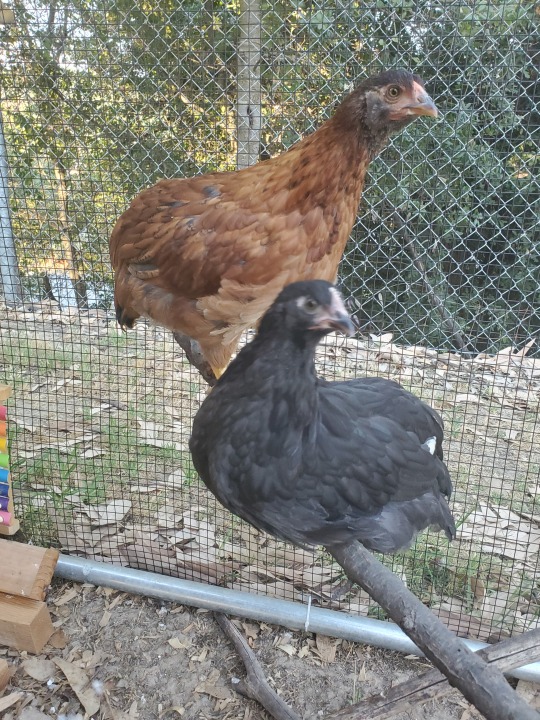

Pepper, Poppy, Londy, Henny, Cinnamon, and Butter the chickens!
Heading home tomorrow. Managed to get a little bit of work done. Not tons, but I was working for about 4 or 5 hours or so. Good enough. Especially while I just have a couch and a chromebook.
2 notes
·
View notes
Text
The two sides of the Standard appear to be the two poles of Sumerian kingship, war and peace. The war side was found face up and is divided into three registers (bands), read from the bottom up, left to right. The story begins at the bottom with war carts, each with a spearman and driver, drawn by donkeys trampling fallen enemies, distinguished by their nudity and wounds, which drip with blood. The middle band shows a group of soldiers wearing fur cloaks and carrying spears walking to the right while bound, naked enemies are executed and paraded to the top band where more are killed.
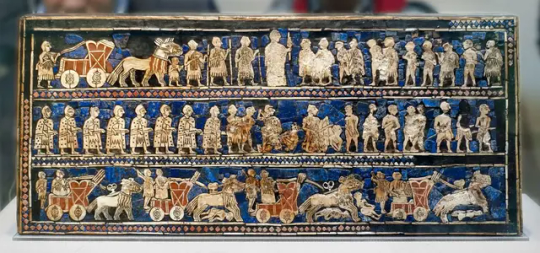

In the center of the top register, we find the king, holding a long spear, physically larger than everyone else, so much so, his head breaks the frame of the scene. Behind him are attendants carrying spears and battle axes and his royal war cart ready for him to jump in. There is a sense of a triumphal moment on the battlefield, when the enemy is vanquished and the victorious king is relishing his win. There is no reason to believe that this is a particular battle or king as there is nothing which identifies it as such; we think it is more of a generic image of a critically important aspect of Ancient Near Eastern kingship.
The opposite peace panel also illustrates a cumulative moment, that of the celebration of the king, this time for great agricultural abundance which is afforded by peace. Again, beginning at the bottom left, we see men carrying produce on their shoulders and in bags and leading donkeys. In the central band, men lead bulls, sheep and goats, and carry fish. In the top register a grand feast is taking place, complete with comfortable seating and musical accompaniment.
On the left, the largest figure, the king, is seated wearing a richly flounce fur skirt, again so large, even seated, he breaks the frame. Was it an epic tale of battle that the singer on the far right is performing for entertainment as he plays a bull’s head lyre, again, like the Queen’s Lyre? We will never know but certainly such powerful images of Sumerian kingship tell us that [whoever] ended his life with the Standard of Ur on his shoulder was willing to give his life in a ritual of kingly burial.
#studyblr#history#military history#archaeology#art#art history#music#music history#anthropology#sociology#politics#transport#animals#food and drink#agriculture#early dynastic period (mesopotamia)#mesopotamia#sumer#ur#leonard woolley#standard of ur#chariots#lyre#lapis lazuli
3 notes
·
View notes
Text
studyblr intro :)
hiii!!! how are y'all??
my name is lia and i decided to make a studyblr!!
a little bit about me: i'm an anthropology and archaeology student with interests in food studies, agriculture, activism, sustainability, gardening, singing, and poorly playing the ukulele and guitar. my current longterm goals are kinda shifting. i want to work in crm for a year after i graduate (which will be next december!) and maybe go to grad school for anthro? we will see lol, for now just enjoying learning and undergrad :)
i've been in the studyblr community for years just lurking and looking at people's posts, but i finally decided to make my own lol. i figured it may help with the motivation i so desperately need.
one thing about this blog though is that i do not have the time or resources to make this super aesthetic. i'm making a real, honest studyblr. the lighting will be poor, handwriting shit, i'll have overdue assignments, my sleep schedule will be godawful, and i will be drowning in energy drinks. bc that's my vibe. and if you can relate this space is for you (and it's for you even if this isn't your lifestyle!!) i think we need more realistic studyblrs, and i want to be a part of that.
follow along if you're interested, can't wait to be an active part of this lovely community :))
(also - i had a diff account but made a new one bc i didn't want it to be a side blog anymore!!)
#teehee#studyblr#studyblr intro#studyblr introduction#study motivation#study inspiration#study blog#studying#student life#college#college student#university#university student#anthropology#anthropology student#archaeology#archaeology student#studyspo#study inspo#study aesthetic#have i exhausted the studyblr tags yet#probs
21 notes
·
View notes
Note
📚 for the studyblr asks
📚: favorite course taken
Hmm, this is a hard one. There's at least three that stand out to me, but for different reasons.
Probably my most favorite was Bayesian Statistics, which was my first statistics class. The professor was an awesome and chill instructor, and I felt like it gave me the background knowledge to understand a lot of papers better.
Another was Experimental Physics, which was solely lab based and the professor meant to prepare us for grad school. The experiments were interesting, we got a 5 minute crash course on soldering, and practiced writing formal papers.
One honorable mention is Environmental Ethics, which changed my view on deer hunting and gave me a lot of perspective on the agriculture industry.
1 note
·
View note
Text
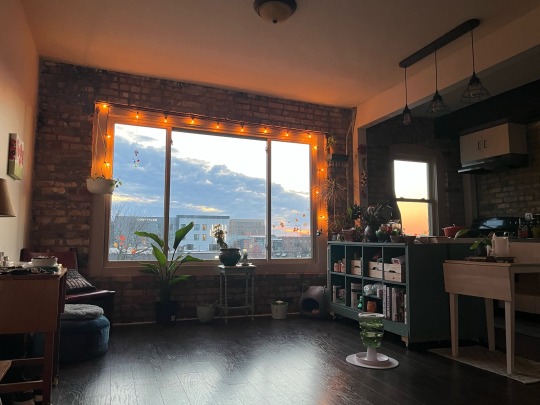
I hope today there is space for you. A moment between tasks, time to pause and reflect on how special and deserving you are of good things. I hope you find tiny miracles today, moments that reignite you. Remind you of who you are and that you can do anything you can dream of.
My moment was getting to enjoy the sunset after a day of cleaning, rearranging and studying.
72 notes
·
View notes